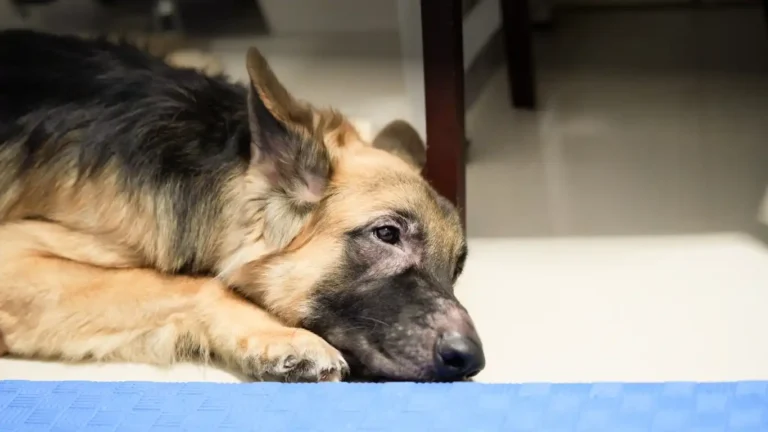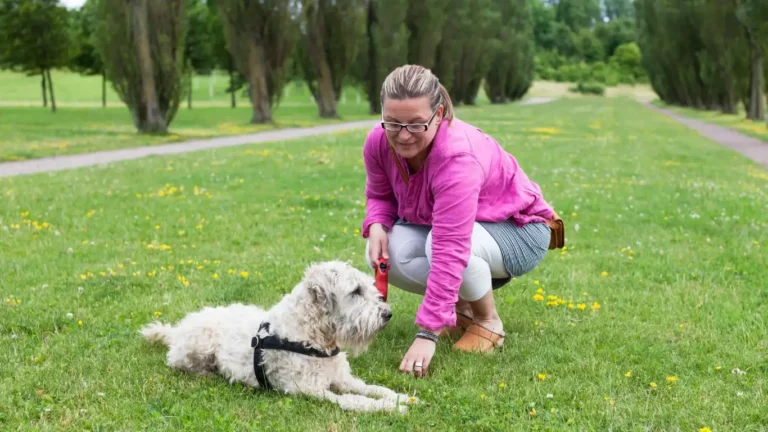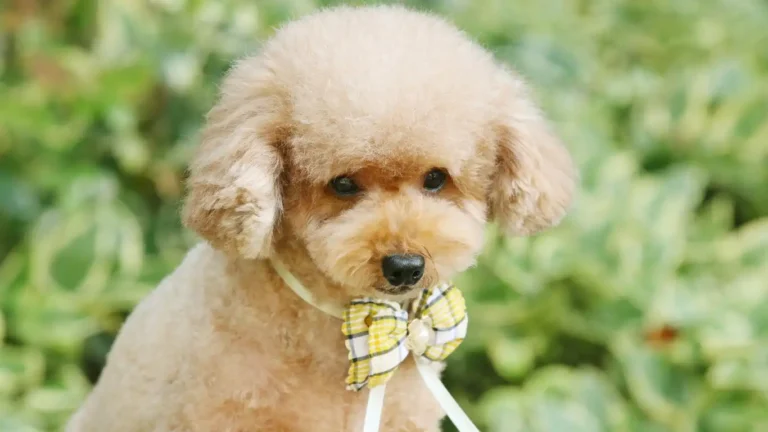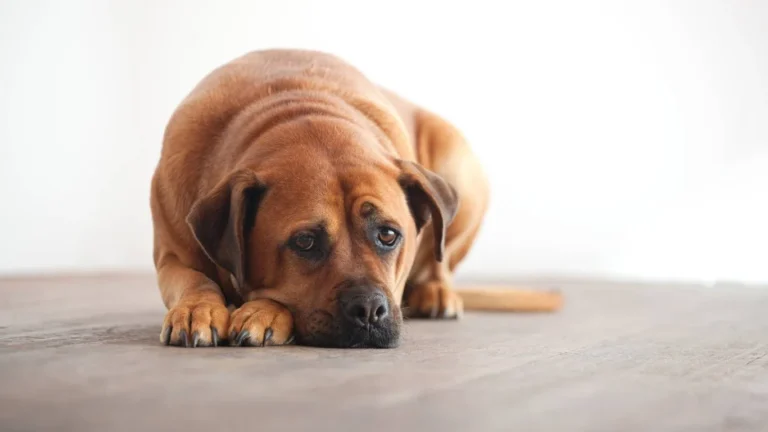How to Train a Dog to Stop Reacting to Moving Objects: Proven Techniques for Calm Behavior
Training a dog to stop reacting to moving objects can be one of the most rewarding yet challenging tasks for any dog owner. As a Canine-Assisted Therapy Trainer, I’ve seen firsthand how behavior like chasing, lunging, or even barking at moving objects can impact both the dog and their owner’s daily life. Whether it’s people walking by, squirrels running across the yard, or even cars zooming by, the goal is to help your dog feel calm and controlled, no matter what catches their attention. So, if you’re struggling with a dog who has an over-the-top reaction to movement, you’re in the right place. In this guide, we’ll dive into some effective strategies and tips to help your dog overcome this behavior. Let’s start by understanding why this happens and how you can begin tackling it step-by-step.
Understanding Why Dogs React to Moving Objects
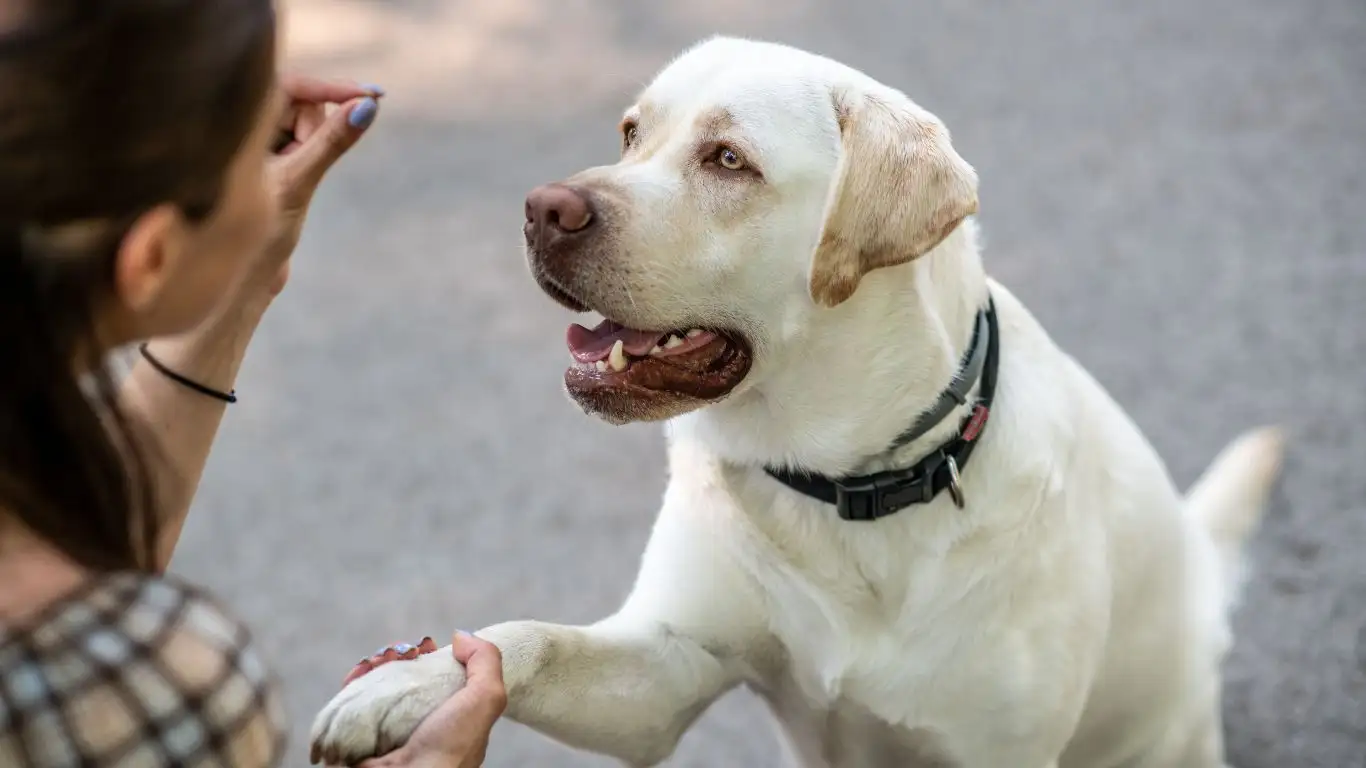
Before we jump into training techniques, it’s important to understand why your dog might be reacting to moving objects in the first place. Dogs are natural predators, and many of their behaviors are instinctual. Their sharp senses, especially their vision and hearing, make them hyper-aware of anything moving in their environment. This includes everything from the rustling of leaves to a car whizzing by or a jogger sprinting down the sidewalk. While some dogs might just be curious, others may interpret movement as something they need to chase, guard, or control.
For some dogs, it’s a combination of excitement and anxiety. The movement triggers a reaction—either chasing it, barking at it, or sometimes even lunging. Over time, if not corrected, this behavior becomes habitual, and the dog continues to react without thinking. If you have a high-energy dog, the problem may be even more pronounced as they might simply be bursting with enthusiasm and looking for any opportunity to burn off some of that excess energy.
Common Scenarios of Reactivity
Let’s take a look at some common scenarios where your dog may react to moving objects:
- People Walking By: Dogs often react to people moving past the window, gate, or yard, whether it’s a stranger or a familiar face. This is because they’re wired to be protective of their space or simply curious about the person.
- Cars or Bicycles: The sound and speed of cars or bicycles can trigger a chasing response in some dogs. They may associate it with something they need to ‘catch’ or ‘control’.
- Small Animals: Squirrels, birds, and even other dogs running past your house can activate your dog’s natural prey drive, making them react with excitement or even aggression.
- Leash Reactivity: Some dogs display frustration or excitement on the leash when they see moving objects, and this can escalate to pulling, lunging, or barking.
Now that we understand the ‘why,’ let’s move on to addressing the issue with effective training techniques.
How to Train a Dog to Stop Reacting to Moving Objects
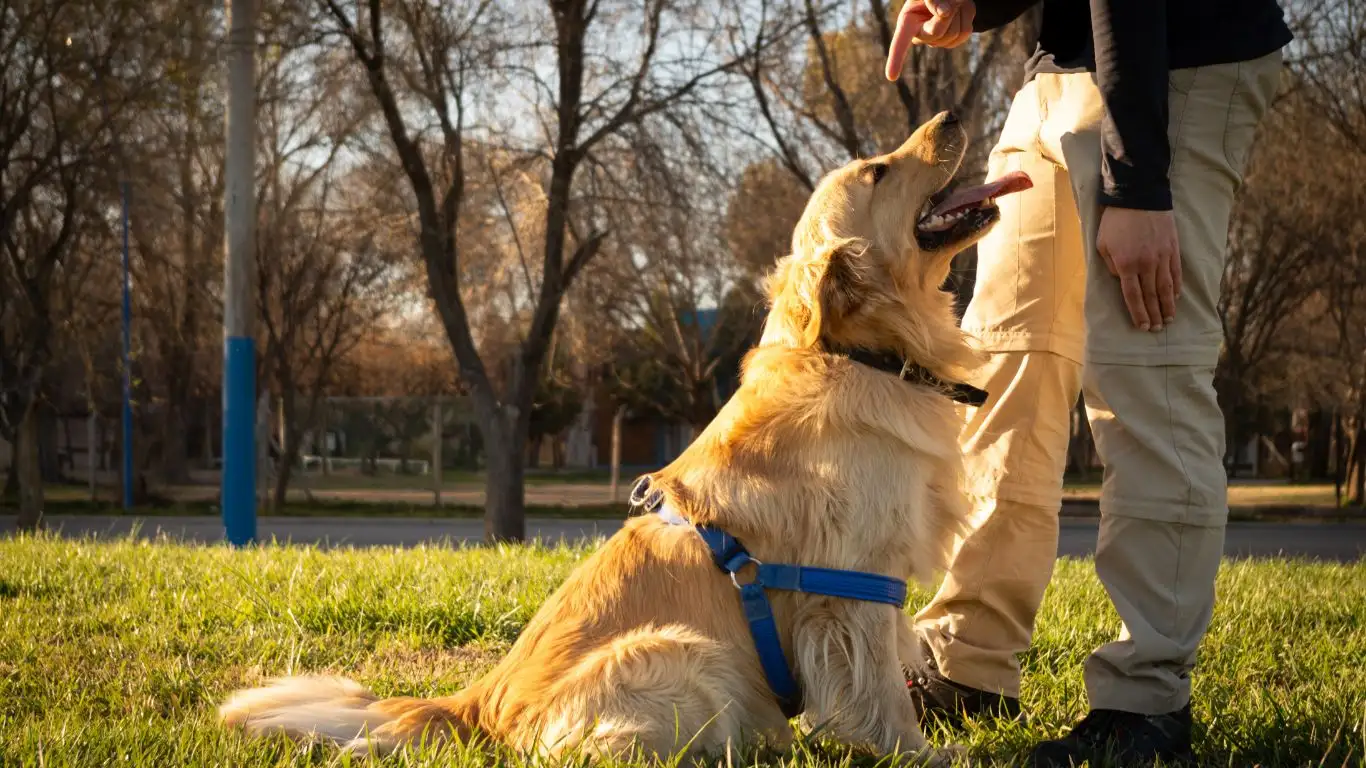
Training a dog to stop reacting to moving objects is all about modifying their behavior with patience, consistency, and positive reinforcement. The good news is that it’s definitely doable, and you can see noticeable improvements over time with the right approach. Here’s a step-by-step guide to get started:
1. Teach Focus and Attention
One of the first things you’ll need to do is teach your dog how to focus on you instead of whatever is moving in the environment. This can be done through a few simple exercises:
- Eye Contact: Start by having your dog sit in front of you and reward them when they make eye contact. Gradually, you’ll begin associating your face with positive rewards like treats or praise.
- Watch Me Command: Once your dog can make eye contact, introduce the “Watch Me” command. Hold a treat near your face, say the command, and when they focus on you, reward them immediately. This helps them shift their attention back to you, even if something is moving nearby.
- Increase Distractions Gradually: Begin adding distractions at a distance. Start with a stationary object and gradually increase the difficulty by moving objects. The goal is to teach your dog to focus on you, even when distractions are in their environment.
2. Use Positive Reinforcement to Reinforce Calmness
Positive reinforcement is the key to teaching your dog how to remain calm when faced with moving objects. Instead of scolding or punishing them for reacting, reward them for staying calm and relaxed.
- Reward Calm Behavior: The moment your dog stops reacting and maintains a calm demeanor when a moving object passes by, reward them with praise or a treat. Over time, they’ll learn that calm behavior gets them more attention and rewards.
- Reinforce with Treats: Keep high-value treats (something your dog loves) on hand during training sessions. These will be used to reinforce calm behavior, especially when there’s a temptation to react to movement.
- Use a Clicker: A clicker can help mark the exact moment your dog demonstrates calm behavior. This precision makes the reward process clearer and helps your dog understand what they’re being rewarded for.
3. Create a Safe Space for Your Dog
Sometimes, a dog may react to moving objects due to fear or anxiety. In such cases, it’s important to create a safe, quiet space where they can retreat when they feel overwhelmed. This could be a crate, a specific room, or even a cozy spot in your home. Training your dog to feel safe and secure in this space can help them manage their emotional reactions.
Remember, training takes time, and every dog learns at their own pace. Patience is key! Keep practicing these techniques and gradually increase the challenges as your dog becomes more confident and controlled.
Next Steps

Now that you’ve started the basics of focusing, rewarding calmness, and creating a safe space, it’s time to think about reinforcing these behaviors in different environments. In the next section, we’ll discuss how to take your dog’s training outside, where moving objects are even more prevalent, and how to continue reinforcing their calm behavior in real-world situations. Stay tuned!
Training Outside: Introducing Real-World Distractions
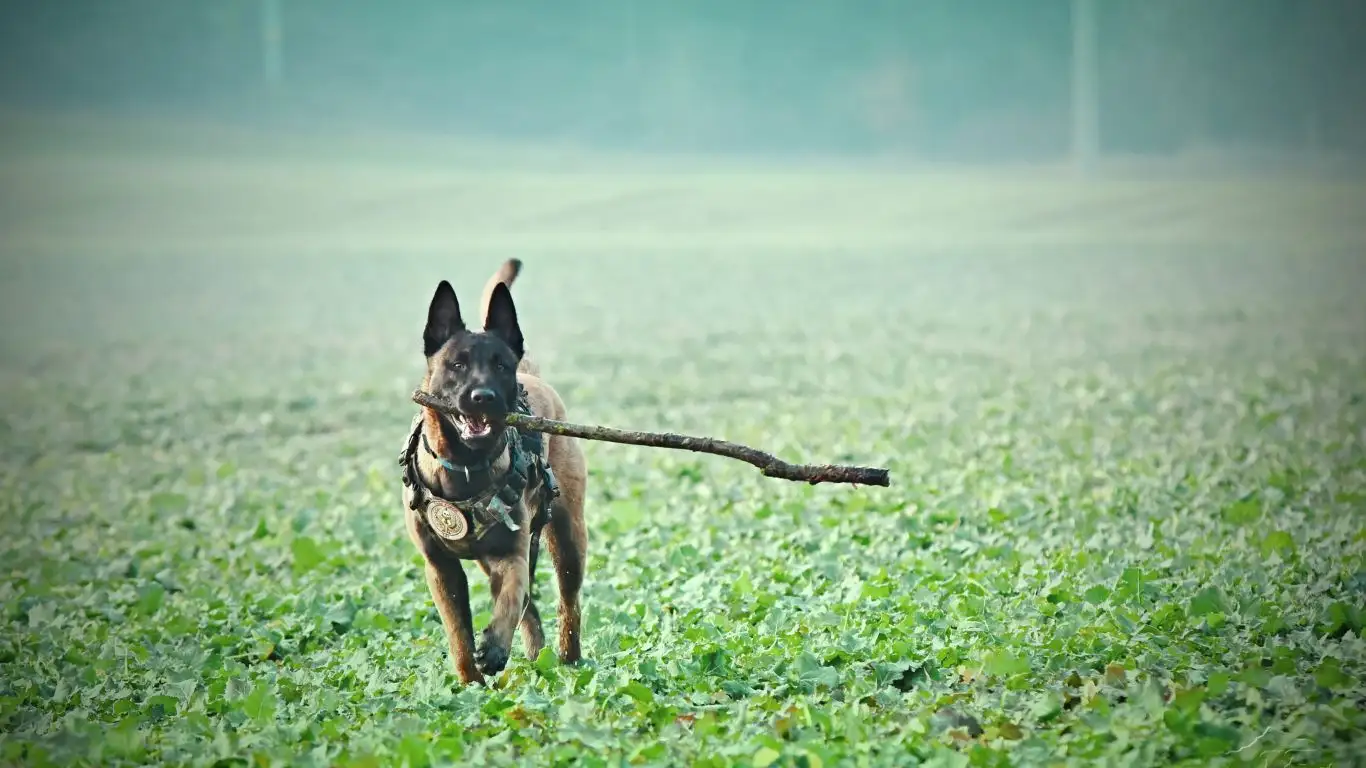
Okay, now that your dog has started to master focusing on you and staying calm around mild distractions inside the house, it’s time to move the training outside where the real challenges happen. Let me tell you, this is where most dog owners start to lose hope, but don’t worry, I’ve got your back. It’s all about gradual exposure and consistency. When you first take your dog outdoors, it’s important to start slow and not overwhelm them with too many distractions at once.
Start in a relatively quiet environment, like your backyard or a park that isn’t too busy. If your dog can remain calm with a few distractions, you can begin to increase the difficulty by adding more moving objects (like joggers, cyclists, or cars). Just like we talked about indoors, the goal is to teach your dog that they don’t need to react to movement—they can look to you for guidance instead.
Gradual Exposure: The Key to Success
One of the best ways to set your dog up for success in the outside world is through gradual exposure. This method helps prevent your dog from becoming overwhelmed by the sudden increase in distractions. Start by using the same exercises you worked on indoors, but now add a little bit of movement.
- Start with Low-Level Distractions: Try walking your dog in a quiet area with minimal distractions. If you’re in a park, maybe start on a less-trafficked path where there are fewer people and animals around.
- Introduce Moving Objects Slowly: Once your dog seems comfortable in the environment, introduce a moving object. This could be something like a jogger or a skateboarder. Keep the distance between your dog and the moving object wide enough so that they don’t feel threatened, but close enough to build awareness.
- Reward Calmness: Just like inside, the moment your dog ignores the distraction and stays calm, reward them with praise or a treat. Make sure to celebrate these moments because they’re huge milestones!
The trick is not to rush it. You’ll be amazed at how quickly your dog will learn when you move at their pace, gradually increasing the level of difficulty as they get more comfortable with each new challenge.
Distraction Bursts: Increasing the Challenge
Once your dog starts to get the hang of ignoring one or two moving objects, it’s time to up the ante. This is when you can start to challenge them with bursts of distractions. Imagine walking your dog down a path where people are walking, cyclists are passing by, and other dogs are out for their walks. This is where things get real, but with consistent training, your dog will begin to understand that reacting to these distractions will not get them the attention they might be craving.
Here’s how to do it:
- Multiple Distractions: Instead of just one person walking by, increase the number of moving distractions at once. For example, you can have joggers, cyclists, and cars going by while you continue practicing focus exercises.
- Keep Your Dog Engaged: Keep your dog focused on you with treats, commands, and plenty of praise. Engage them in games, like a quick “sit” and “stay” command, to help reinforce calmness.
- Timing is Everything: The more you can keep your dog engaged during these bursts, the quicker they’ll learn that focusing on you is far more rewarding than reacting to moving objects. Don’t hesitate to pause and reward when they do well.
This might take time, but as you repeat this process, your dog will begin to learn that moving objects don’t need to be feared or chased. They’ll start to associate the presence of movement with calm behavior, and with enough practice, they’ll be able to ignore even the busiest of distractions.
When Things Get Tough: Dealing with Setbacks
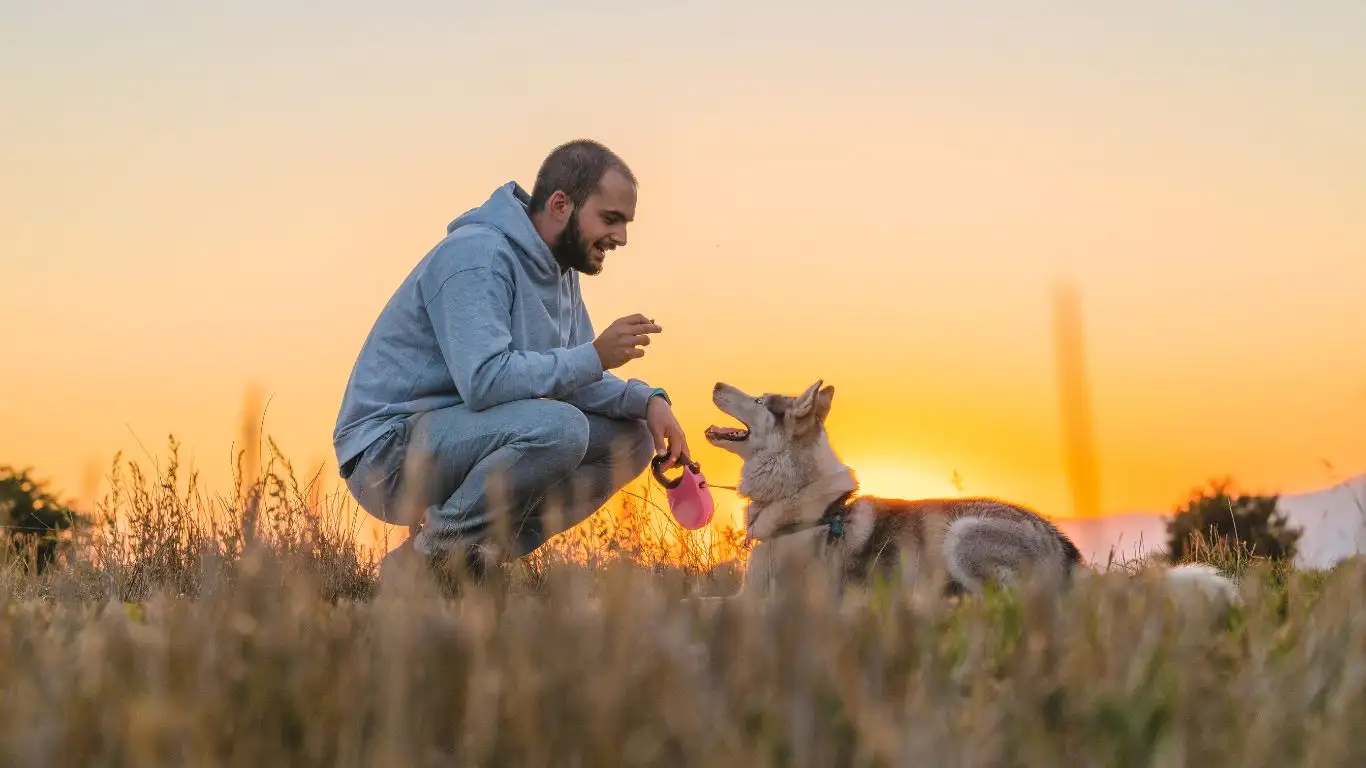
It’s completely normal to hit a few roadblocks along the way. Trust me, I’ve seen it with nearly every dog I’ve worked with—there’s always a tough moment or two. Whether it’s a particularly high-energy dog, one with a strong prey drive, or a pup who’s a little more stubborn, setbacks are a natural part of the process. The key is to remain consistent and patient. If your dog starts reacting again after a period of success, don’t panic. It happens.
Sometimes, a setback happens because your dog wasn’t ready for a certain level of distraction or because you moved too quickly in the training process. Here’s what I suggest:
- Go Back to Basics: If your dog is struggling, go back to the simpler exercises we talked about at the beginning. Revisit the “Watch Me” command and basic focus work indoors before trying again with distractions outside.
- Slow Down the Process: If your dog becomes overwhelmed, take a step back and reduce the difficulty of the training. You might need to add more distance between your dog and the distractions before you start rewarding calmness again.
- Increase Positive Reinforcement: In moments of struggle, make sure your rewards are big and frequent. Sometimes, when a dog is faced with intense distractions, they need even more motivation to focus on you instead of the moving object.
Remember that progress is not always linear. There will be days when everything clicks and other days where you feel like you’re taking two steps back. Keep your expectations realistic and know that each session is a step closer to your dog mastering the skill of ignoring moving objects.
Consistency and Patience: The Heart of Training
At the end of the day, the most important part of this training journey is consistency. Your dog will learn over time, but it’s only with consistent practice that you’ll start to see lasting results. Be patient, stay calm, and always keep training sessions short and fun. Dogs learn best when they are enjoying themselves, so make sure every session is filled with praise, rewards, and positive interactions.
If you keep showing up and sticking with the training, your dog will eventually get the hang of ignoring those moving objects. And soon enough, you’ll both be able to enjoy walks and outdoor adventures without the stress of unpredictable reactions!
Taking Training to the Next Level: Reinforcing the “Calm” Behavior
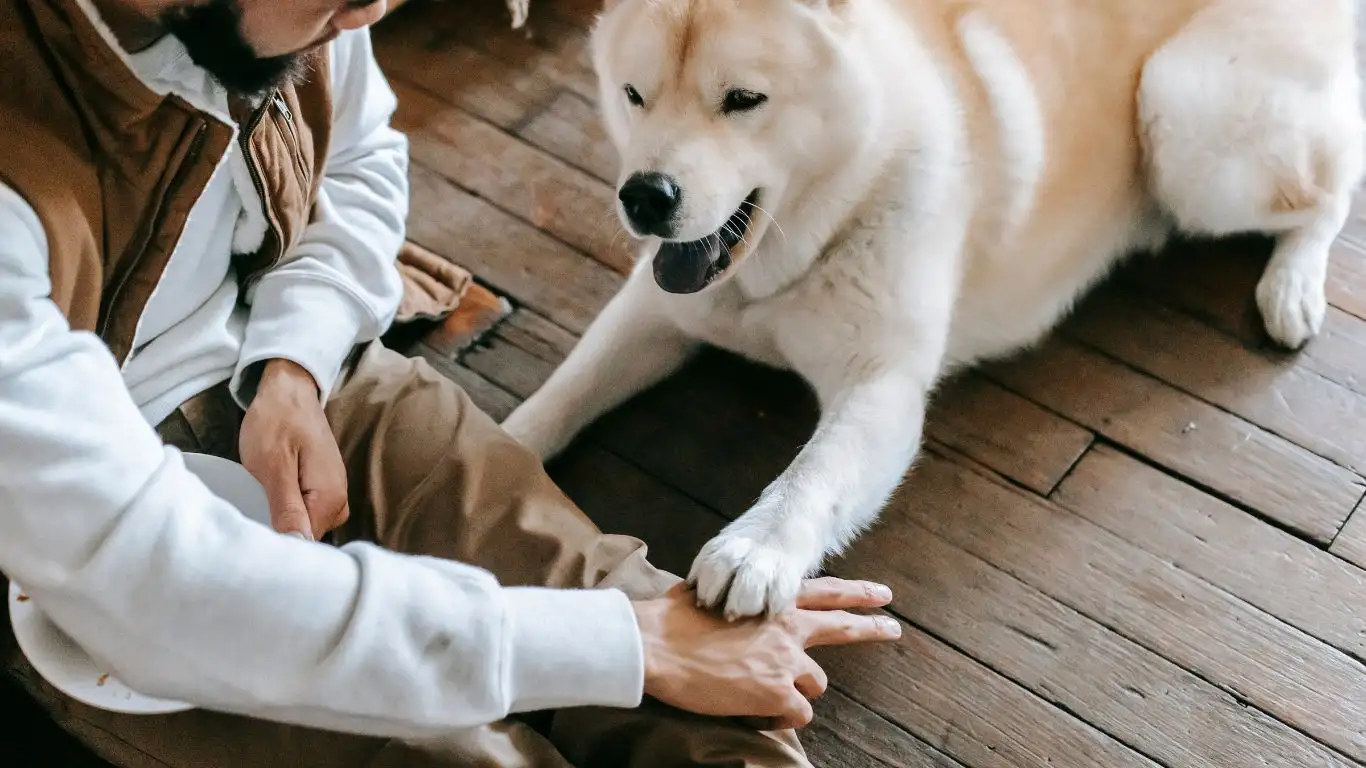
By this point in your dog’s training journey, you’ve put in the work, and hopefully, you’ve seen some solid progress! Your dog is learning to stay calm when faced with moving objects, both inside and outside. But now comes the real challenge: reinforcing that calm behavior, even in highly distracting environments. It’s time to push your dog to the next level—when the distractions are intense, the stakes are higher, and the temptation to react is strong. I’ve personally worked with many dogs at this stage, and I can tell you that consistency, patience, and a little bit of creativity can make all the difference.
The goal now is to help your dog maintain focus even when there are high levels of movement around them. Think of walking through a crowded street with people, other dogs, bicycles, and cars all in motion. That’s where we want to get to! The real world is full of distractions, and we want your dog to be able to handle it confidently and calmly.
Build Real-Life Scenarios
When you train your dog to stop reacting to moving objects, it’s easy to forget that real-life situations can be unpredictable. A jogger might sprint right in front of your dog, or a cyclist might suddenly appear out of nowhere. That’s why it’s crucial to continue practicing in scenarios that mirror real-life situations as closely as possible.
One way to do this is to join a local dog walking group or visit dog-friendly parks that are a bit busier. Start with situations that aren’t overwhelmingly chaotic but offer a mix of distractions. For example, you might encounter other dogs walking on leashes or someone riding a bike in the distance. Gradually, as your dog handles each scenario, the distractions will seem more manageable.
What I’ve learned over the years is that these training scenarios don’t have to be perfect from the start. It’s about practicing over time, making adjustments based on your dog’s comfort level, and learning how they respond to different types of movement. Eventually, your dog will start generalizing the calm behavior to all situations, not just the controlled ones you’ve set up.
Introducing High-Intensity Environments
Once your dog is managing basic distractions, it’s time to move to more intense environments. Take them on walks in busy areas where the movement is constant—think busy city streets or a crowded park. Here, the goal is to challenge your dog without overwhelming them, and most importantly, without letting them slip back into old habits.
- Stay Focused: Maintain your dog’s focus using the techniques we discussed earlier, like the “Watch Me” command. You want to keep them engaged and in tune with you rather than the distractions around them.
- Increase Distraction Gradually: Start with a walk around the block during peak hours when there’s some traffic, joggers, and other people around. The idea is to expose your dog to a variety of moving objects so they can practice ignoring them.
- Manage Your Own Behavior: Dogs often mirror their owner’s energy, so if you’re tense or anxious about the distractions, they’ll likely pick up on that. It’s essential to stay calm and composed during these outings so your dog feels secure and knows how to behave.
With consistent exposure and reinforcement, your dog will start to generalize this behavior to all kinds of distractions. It’s like they begin to understand that no matter what moves in their environment, their calm and composed behavior is the most rewarding response.
Tools to Enhance Training: Leash Training and Beyond
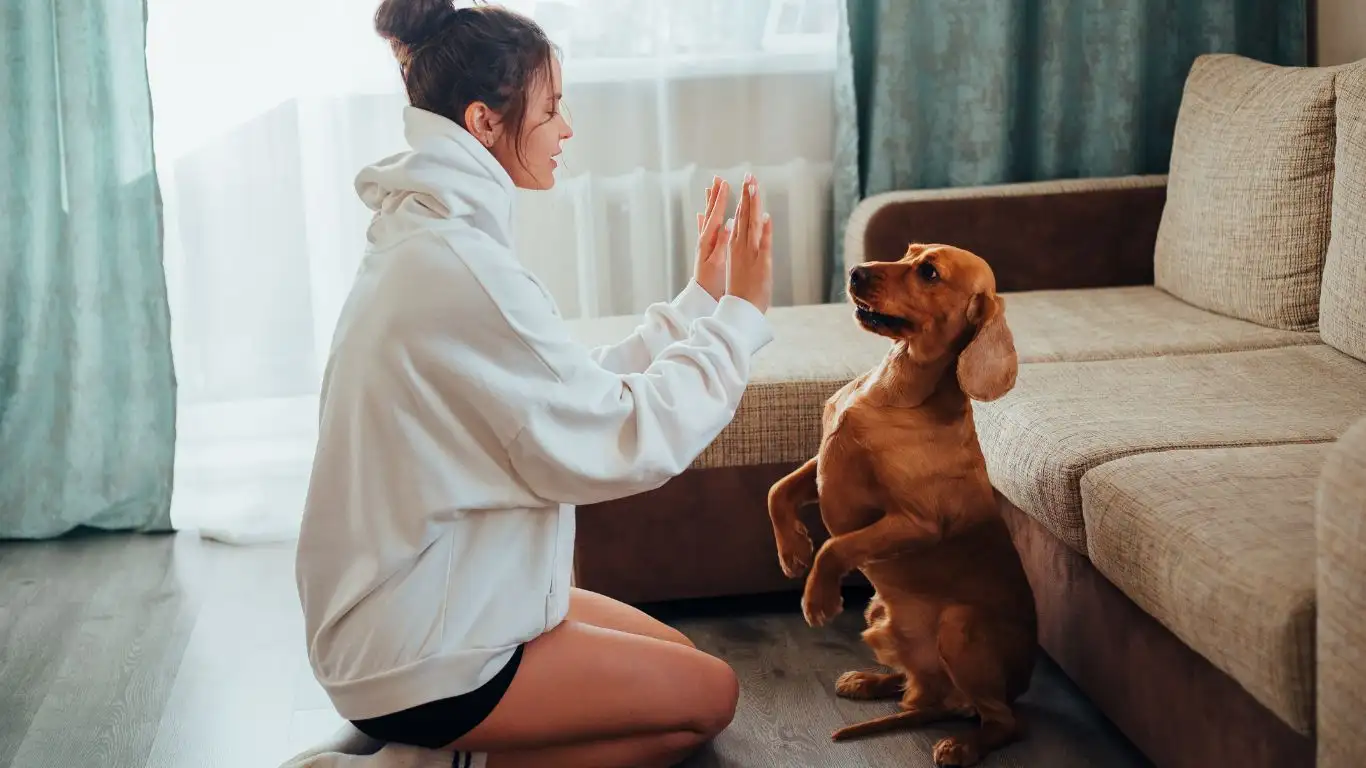
While we’ve focused on mental training so far, it’s important to mention the physical tools that can make the process smoother, especially when you’re out and about in public. Leash training is an excellent way to help maintain control while allowing your dog to navigate distractions more confidently. A well-fitted harness or an anti-pulling leash can help prevent unwanted reactions when your dog is faced with sudden movements or exciting distractions.
One tool that I’ve had great success with is a front-clip harness. It’s designed to gently redirect your dog’s attention towards you, making it easier for you to guide them through distractions without pulling. This can be particularly useful for dogs who tend to lunge or get overly excited when they spot moving objects.
Advanced Commands and Their Role
Once your dog has mastered basic commands like “sit,” “stay,” and “watch me,” it’s time to introduce some advanced commands that will help them maintain calmness in even more chaotic settings.
- “Leave It” Command: This is a powerful tool that can help you redirect your dog’s focus when they see something moving. Whether it’s a jogger or a car, the “leave it” command teaches your dog that they should ignore the moving object and focus back on you instead.
- “Place” Command: Teaching your dog to go to a specific spot (like a mat or bed) can be useful when you encounter intense distractions. When you say “place,” your dog will know to go to their designated area and settle down, which helps them manage their excitement and impulses.
- “Settle” Command: This command is all about teaching your dog to remain calm and in control of their emotions. It’s especially useful during high-energy scenarios like when a runner or cyclist passes by. When your dog is able to “settle,” they learn that they don’t need to chase or react to moving objects.
Advanced commands like these help create a stronger bond between you and your dog. They rely on you for guidance, and in turn, they’ll trust you more to lead them through the world of moving objects without reacting negatively.
References and Additional Resources
If you’re looking for further reading or support on training your dog to stop reacting to moving objects, there are many resources available. Check out PawPatron for in-depth training programs, videos, and expert advice. You can also consult your vet or a professional trainer if your dog’s reactivity is particularly challenging. The key is never to give up—you and your dog can get through this with time and patience!
Disclaimer
The information provided in this article is for educational purposes only. The training tips and techniques are based on general experience and personal observation. Each dog is unique, and results may vary depending on individual temperament, previous experiences, and training consistency. If your dog is showing severe reactivity or aggression, it’s always best to consult with a professional dog trainer or behaviorist for tailored advice and support.
